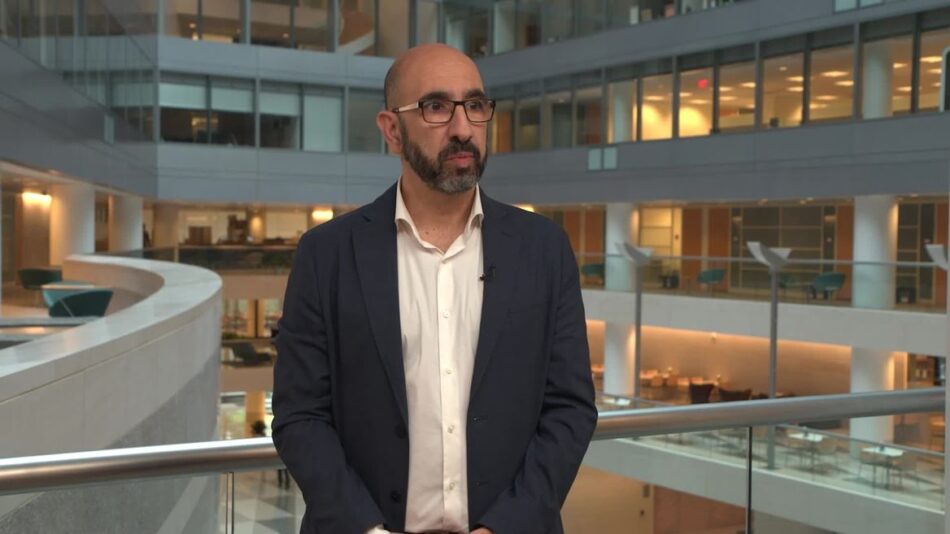IMF / World Economic Outlook July 2024 Update

Global growth is projected to be in line with the April 2024 World Economic Outlook (WEO) forecast, at 3.2 percent in 2024 and 3.3 percent in 2025. However, varied momentum in activity at the turn of the year has somewhat narrowed the output divergence across economies as cyclical factors wane and activity becomes better aligned with its potential.
“Economic activity has shown resilience through early 2024, supported by robust private consumption in key economies. Despite challenges such as persistent services inflation and trade tension, the global economy is expected to grow steadily at 3.2% in 2024 and 3.3% in 2025 and this is consistent with our April forecast. That said, the momentum of global disinflation is slowing due to persistent services inflation.,” said Jean-Marc Natal, Deputy Chief of the World Economic Studies Division in the Research Department of the IMF
The risk of elevated inflation has raised the prospects of higher-for-even-longer interest rates, which in turn increases external, fiscal, and financial risks.
“Overall, risk to the outlook remain balanced, but near-term risks have become more prominent. Upside risk to inflation stemmed from a lack of progress on services disinflation, renewed trade tensions ,and geopolitical uncertainties. These risks may result in higher for even longer interest rates, which in turn increases external fiscal and financial risks. Additionally, significant swings in economic policy around elections could lead to fiscal slippages and heightened protectionism. By contrast, policies that promote multilateralism and a faster implementation of structural reforms could boost supply gains, productivity and growth with positive spillovers worldwide,” added Natal.
Near-term challenges aside, policymakers must act now to revitalize declining medium-term growth prospects.
“The priority for policymakers is to restore price stability and address the legacies of recent crises. Central banks should be cautious about easing policies too early and remain open to further tightening if necessary. Where inflation data signal a durable return to stability, gradual monetary easing should proceed. This will also provide room for required fiscal consolidation. Fiscal policy should focus on rebuilding buffers, ensuring debt sustainability, and making room for priority investments. Finally, strengthening multilateral cooperation and reducing trade distorting measures is vital to address global challenges and promote sustainable growth,” explained Natal.
To read the full report, click here.





